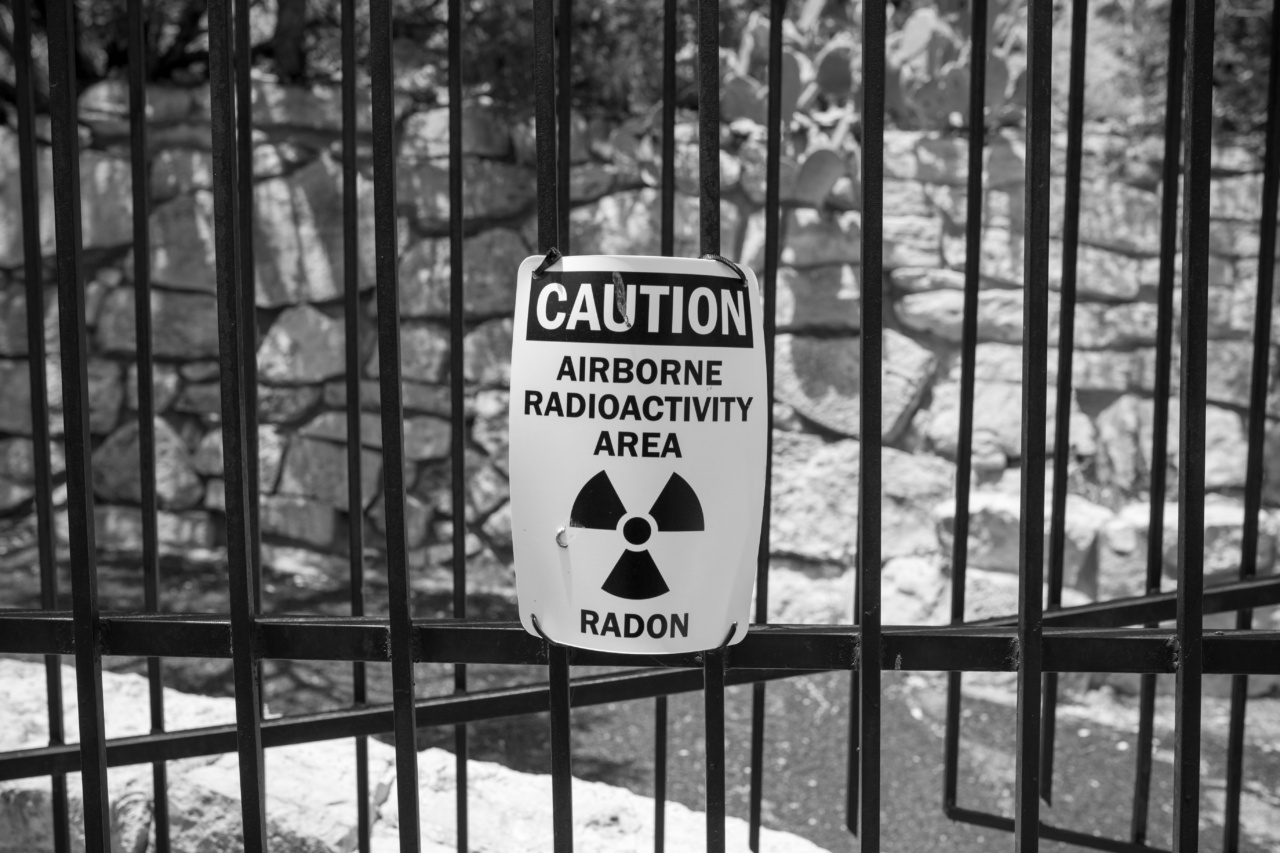Erectile dysfunction (ED) is a common condition that affects millions of men worldwide. It is characterized by the inability to achieve or maintain an erection suitable for sexual intercourse.
While it is often viewed as a standalone issue, research suggests that ED can be an early warning sign of underlying health problems, including hypertension. Hypertension, also known as high blood pressure, is a chronic medical condition that increases the risk of heart disease, stroke, and other complications.
This article explores the link between erectile dysfunction and hypertension, highlighting the importance of recognizing ED as a potential indicator of an underlying cardiovascular issue.
The Link between Erectile Dysfunction and Hypertension
Several studies have found a significant association between erectile dysfunction and hypertension. The penile erection process involves a complex interplay of psychological, neurological, vascular, and hormonal factors.
For an erection to occur, blood flow to the penis must increase while the outflow is minimized.
Hypertension can negatively impact this process by damaging blood vessels and impairing blood flow. High blood pressure can lead to atherosclerosis, a condition characterized by the build-up of fatty plaques in the arteries.
When the arteries supplying the penis become narrowed or blocked by these plaques, it hinders the normal flow of blood required for an erection. As a result, individuals with hypertension may experience difficulties in achieving or maintaining an erection.
Furthermore, hypertension can also damage the delicate endothelial cells that line the blood vessels. These cells produce nitric oxide, a chemical that plays a crucial role in the relaxation of smooth muscles and dilation of blood vessels.
Inadequate nitric oxide production can hamper the ability to achieve a firm erection, leading to erectile dysfunction.
The Role of Risk Factors
Both erectile dysfunction and hypertension share several common risk factors. These risk factors include obesity, sedentary lifestyle, smoking, excessive alcohol consumption, and poor diet.
Obesity is a prominent risk factor for both conditions. Excess weight contributes to the development of hypertension by increasing blood volume and placing additional strain on the heart.
Similarly, obese individuals are more likely to have hormonal imbalances, such as low testosterone levels, which can contribute to erectile dysfunction.
A sedentary lifestyle and lack of physical activity are also associated with both erectile dysfunction and hypertension. Regular exercise helps maintain healthy blood pressure levels and improves cardiovascular health.
Engaging in physical activity promotes blood flow and enhances nitric oxide production, reducing the risk of ED and hypertension simultaneously.
Cigarette smoking and excessive alcohol consumption can also increase the likelihood of developing both erectile dysfunction and hypertension. Smoking damages blood vessels, impairs blood flow, and accelerates atherosclerosis formation.
Excessive alcohol intake can lead to hypertension by causing changes in the function and structure of the blood vessels. Both habits have detrimental effects on sexual function and overall vascular health.
The Importance of Early Detection
Erectile dysfunction can serve as an early warning sign of hypertension or other cardiovascular issues. Research suggests that ED can occur years before the onset of symptomatic cardiovascular disease.
Therefore, recognizing and addressing erectile dysfunction promptly may help identify and control underlying hypertension.
Due to its intimate association with vascular health, erectile dysfunction can serve as a barometer for overall cardiovascular well-being.
Men experiencing ED should consider it a red flag and seek medical evaluation to assess their risk of hypertension and other related conditions. Early detection and management of hypertension not only improve sexual function but also reduce the risk of more severe complications, including heart attacks and strokes.
Preventive Measures and Treatment
The first step in preventing and managing both erectile dysfunction and hypertension is adopting a healthy lifestyle.
Lifestyle modifications, such as regular exercise, maintaining a healthy weight, and following a balanced diet, can significantly reduce the risk of developing these conditions.
Quitting smoking and reducing alcohol intake are also essential components of a healthy lifestyle. These lifestyle changes not only benefit sexual function but also improve overall cardiovascular health.
For individuals already diagnosed with hypertension and experiencing erectile dysfunction, a multidisciplinary treatment approach is often necessary.
This approach may involve medications to control blood pressure, lifestyle modifications, and interventions to improve sexual function.
Various medications are available for treating hypertension, including angiotensin-converting enzyme (ACE) inhibitors, beta-blockers, and calcium channel blockers.
These medications help lower blood pressure and improve blood flow, potentially alleviating erectile dysfunction in hypertensive individuals.
In cases where lifestyle modifications and medication fail to restore normal erectile function, other treatment options such as phosphodiesterase type 5 (PDE5) inhibitors may be considered.
PDE5 inhibitors, such as sildenafil (Viagra), tadalafil (Cialis), and vardenafil (Levitra), are commonly prescribed medications for the treatment of erectile dysfunction. They work by enhancing the effects of nitric oxide, facilitating the relaxation of the smooth muscles in the penis, and increasing blood flow.
Conclusion
Erectile dysfunction should not be considered as a standalone issue but rather as a potential warning sign for underlying health conditions, particularly hypertension.
The link between erectile dysfunction and hypertension is well-established, with both conditions sharing common risk factors and underlying mechanisms.
Recognizing and addressing erectile dysfunction promptly can lead to early detection and management of hypertension, thereby reducing the risk of complications.
Adopting a healthy lifestyle, including regular exercise, maintaining a healthy weight, and avoiding smoking and excessive alcohol consumption, is crucial for preventing and managing both erectile dysfunction and hypertension.
For individuals already diagnosed with hypertension and experiencing erectile dysfunction, a comprehensive treatment approach is often necessary, involving medications, lifestyle modifications, and specialized interventions to improve sexual function.
By addressing both conditions simultaneously, individuals can improve their overall cardiovascular health and enhance their quality of life.




























